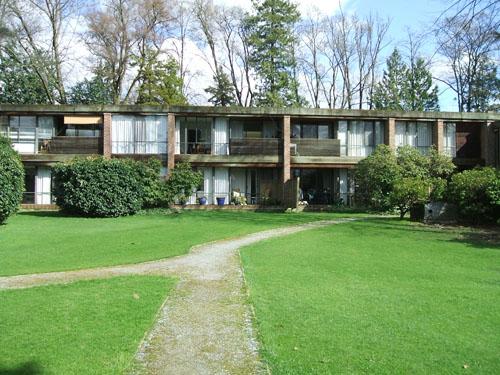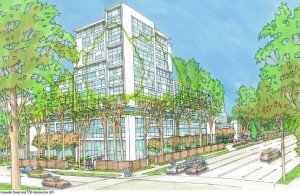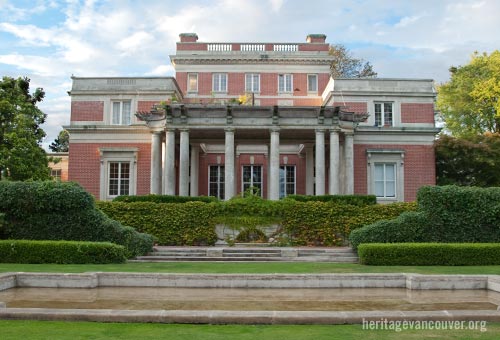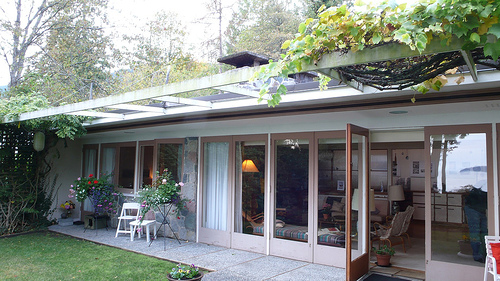Last week Heritage Vancouver released its annual top ten list of endangered heritage sites in Vancouver. Three schools topped the list, but the residence considered most in danger is the four-hectare Shannon Estate at the corner of Granville and 57th. Note that it’s not the 40-room mansion that’s under threat, it’s Shannon Mews, the infill townhouse development designed by Arthur Erickson, that’s on the block.
The Shannon Estate is valued at $43 million and because the estate is a huge chunk of land in a sought after area, it’s not going to stay the way it is now. It’s also under the allowable density and that’s a problem because loading up the density on the site with glass and steel towers will most definitely impact the context of the estate, which at the moment, still feels like an estate.

The City of Vancouver gives developers density bonuses to preserve and maintain heritage in Vancouver. In other words, instead of levelling an old mansion for a 20-storey skyscraper, a developer would incorporate the mansion into the development in exchange for a 22-storey skyscraper. The 1899 mansion at the corner of Georgia and Jervis Streets that sits next to two 37-storey towers is an example. For saving the house and turning it into five condos, Wall Financial Corp (which also owns Shannon) got two extra floors on each tower as their heritage density bonus.
The problem, says Donald Luxton, president of Heritage Vancouver, is that the City has stopped using density bonuses strictly for heritage, but is now using them for everything from daycare to social housing. “What we are asking,” Luxton told the Vancouver Historical Society, “is how much is too much?”
B.T. Rogers
I wrote the story of Shannon in At Home with History, and it’s a fascinating one. B.T. Rogers, Vancouver’s first millionaire industrialist and founder of BC Sugar, built the Samuel Maclure-designed Gabriola on Davie Street in 1900. A decade later, Rogers bought 10 acres in the country and had Somervell & Putnam architects design a house that would be the largest west of Toronto. Unfortunately, the economy tanked in 1913 and war broke out the following year, delaying construction until 1915. Three years later, Rogers, 52, died from a cerebral haemorrhage leaving his widow Mary to raise seven children at Gabriola. Mary finished Shannon in 1925 and lived there for 11 years until selling Shannon to Austin C Taylor, president of Bralorne gold mine for $105,600. Taylor stayed until his death in 1965. Developer Peter Wall bought Shannon and hired architect Arthur Erickson to turn the property into a housing development.

The 14-storey Tower Proposal
At present there are 162 suites in the two-storey buildings designed by Erickson Massey in 1974. The current proposal leaves the mansion, coach and gate house intact, retains some of the landscaping, but razes the entire townhouse development and most of the surrounding trees. In place of the townhouses are two towers of 13 and 14-stories and several smaller ones scattered about that bring the total count of suites to 891 and increase the number of residents from 340 to 1,600.
© All rights reserved. Unless otherwise indicated, all blog content copyright Eve Lazarus.




